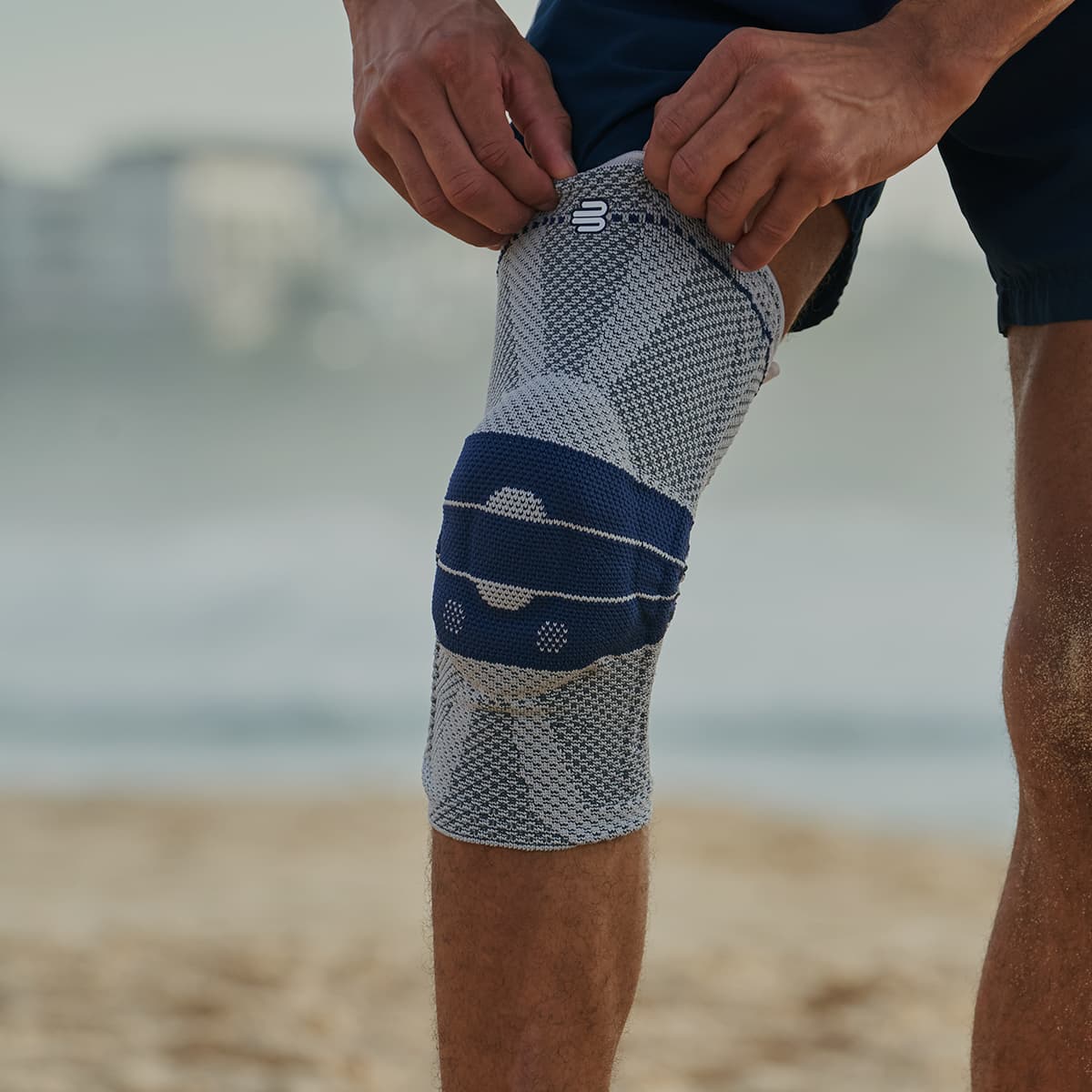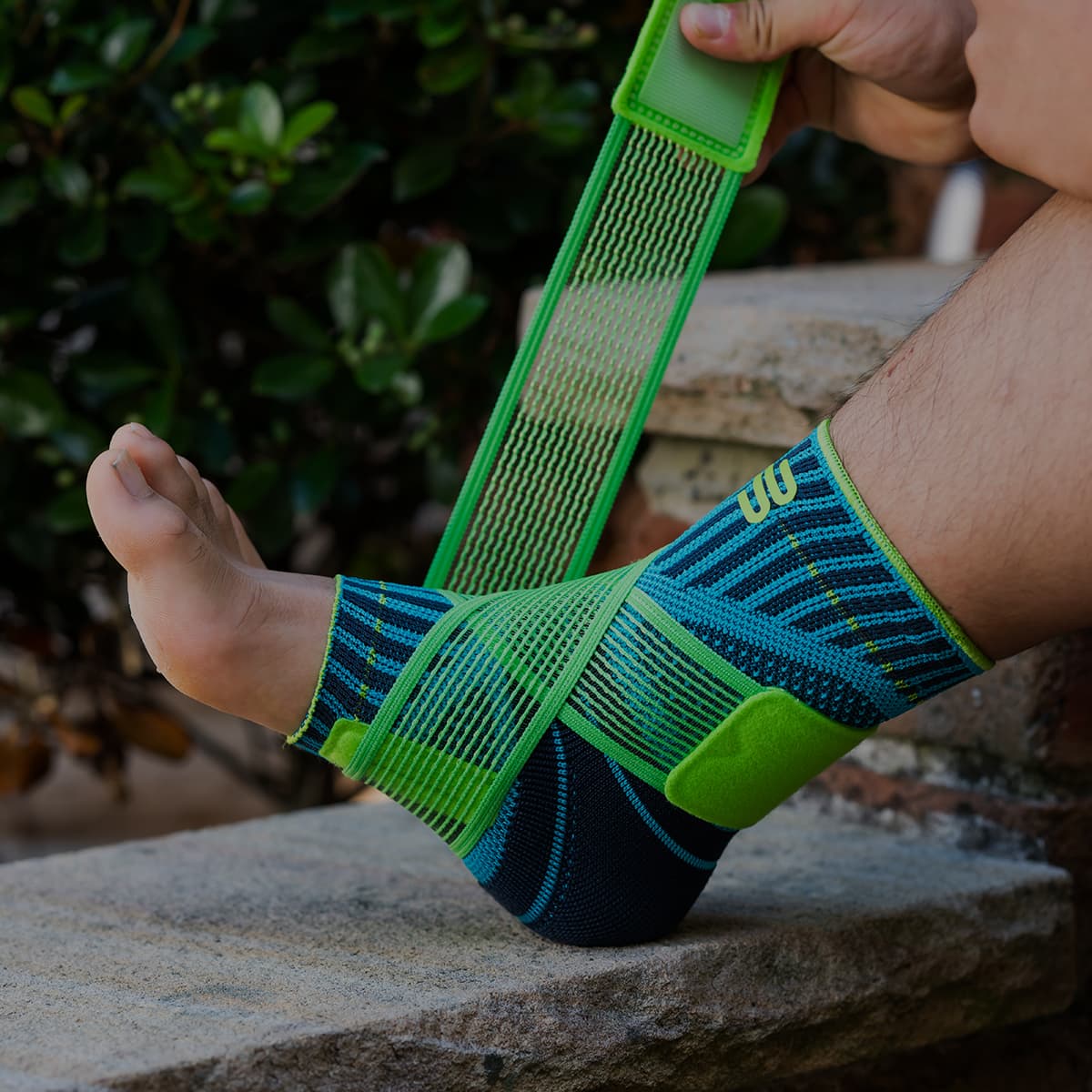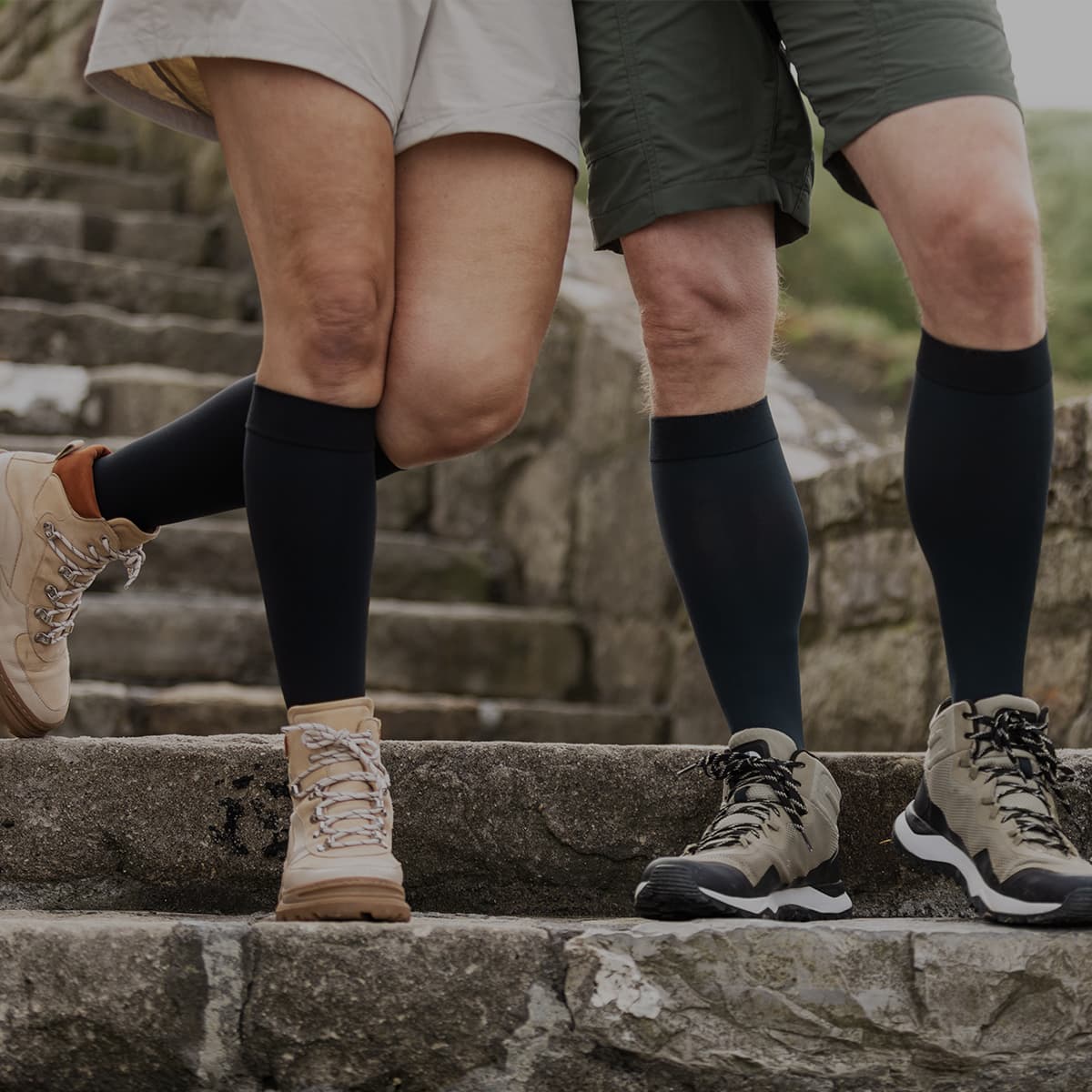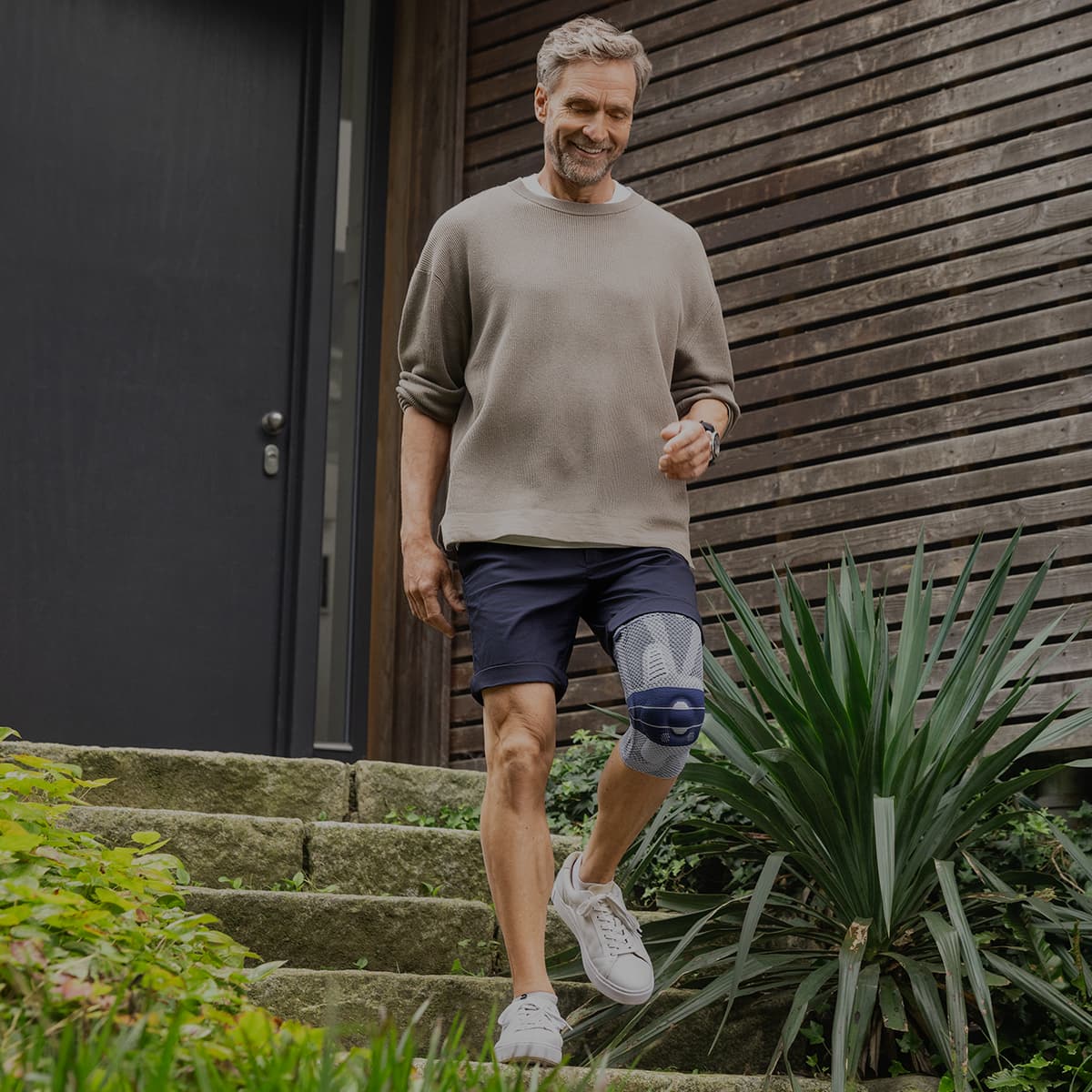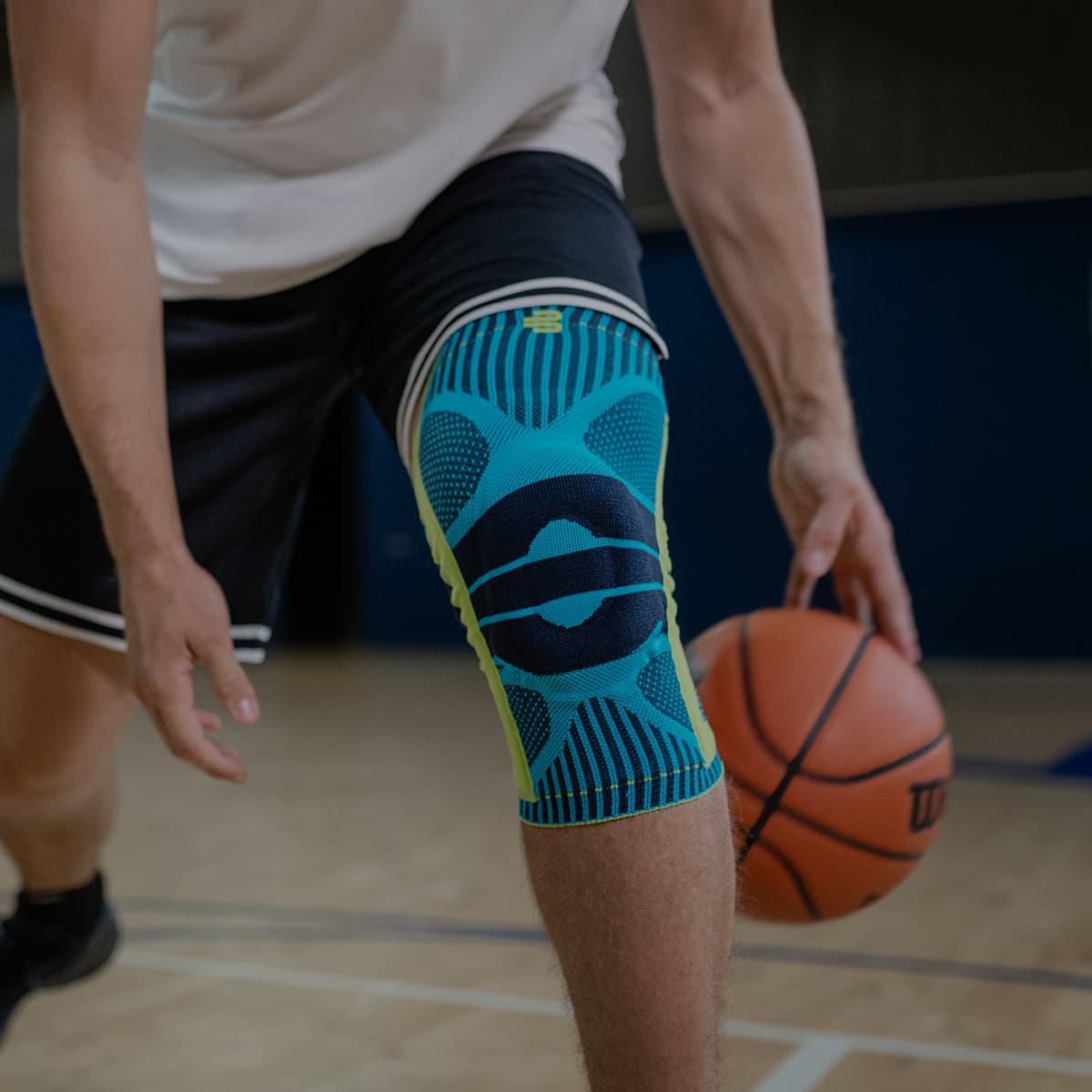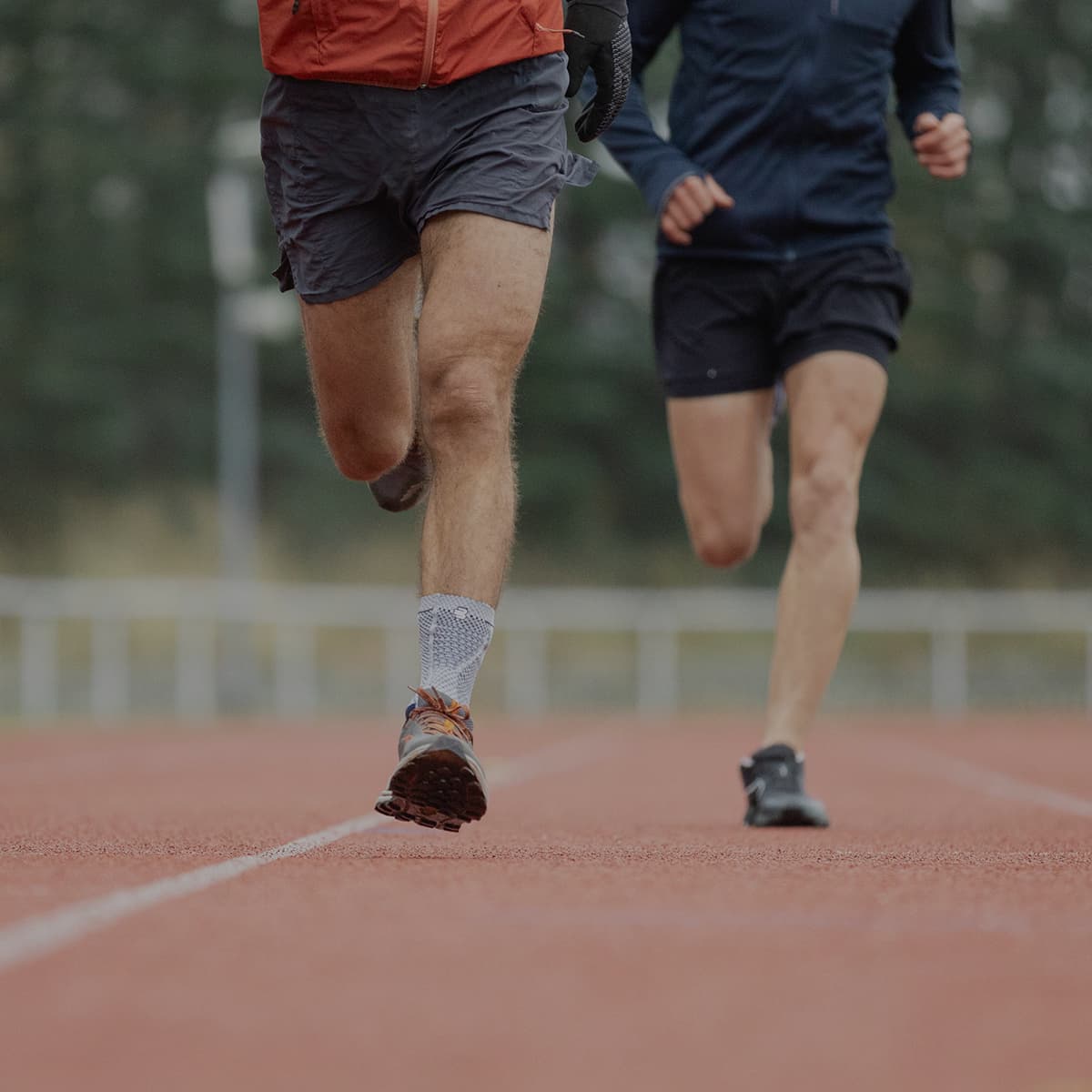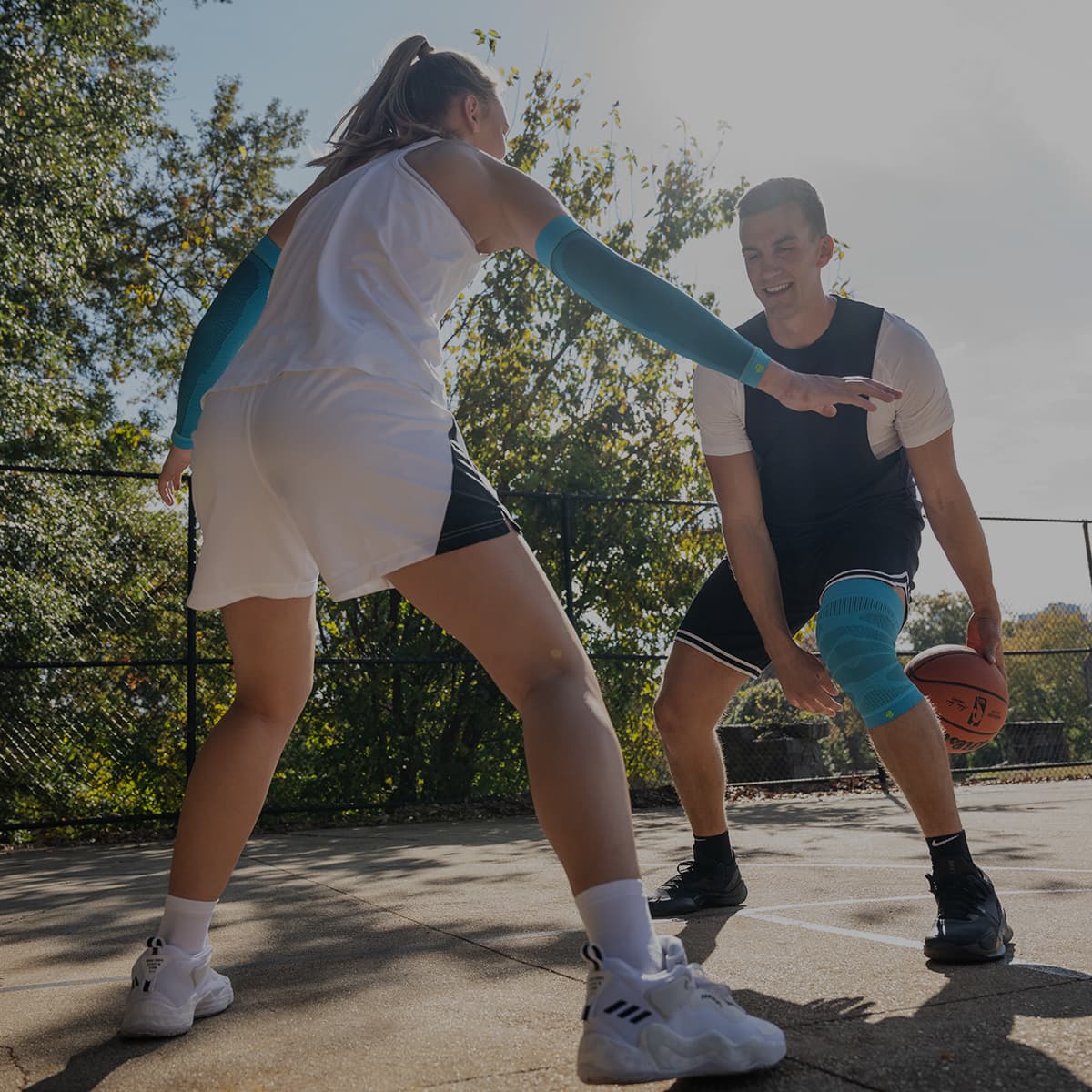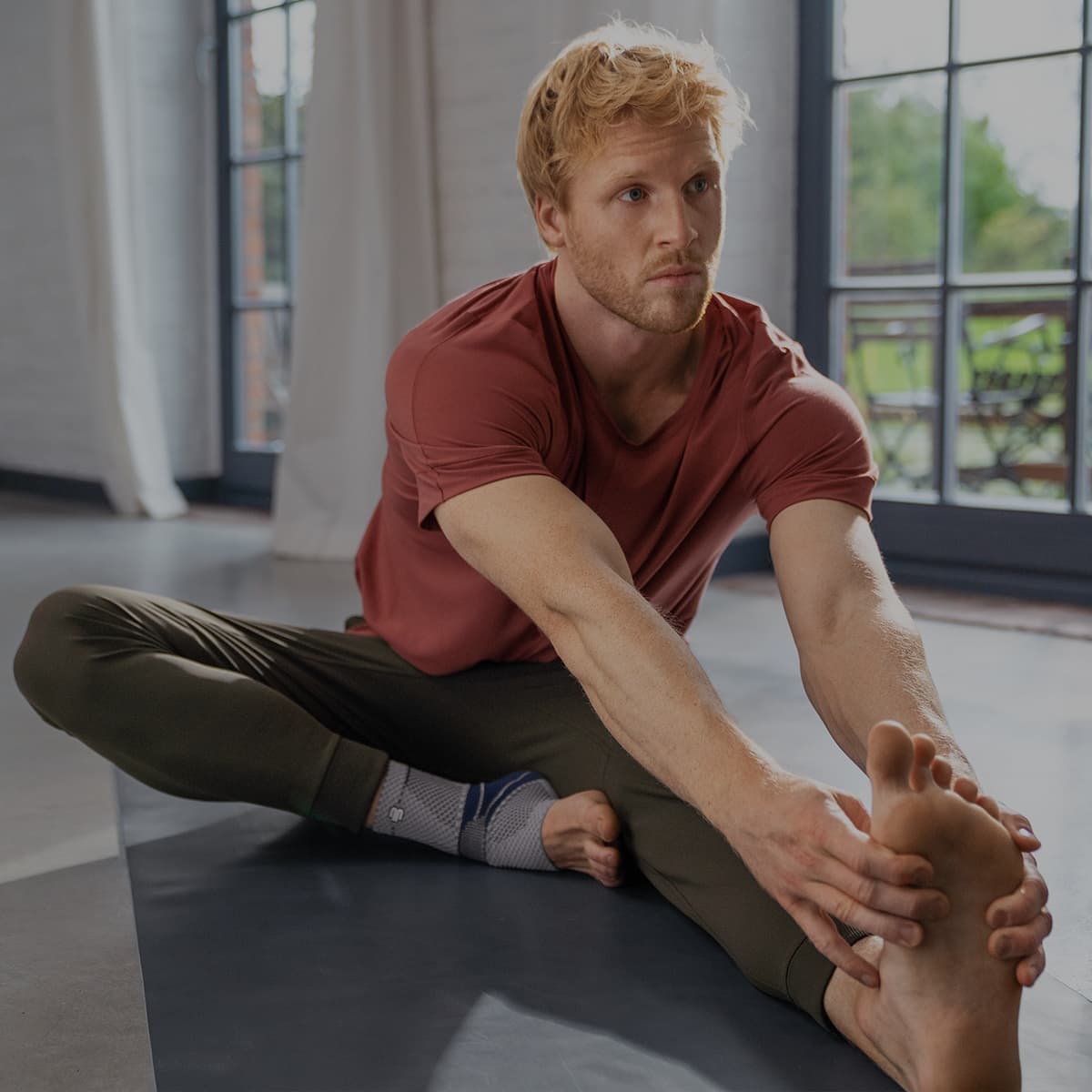The Banded Side Shuffle (aka Lateral Band Walk or Banded Side Steps) is a great at-home exercise for the hips and lower body. All you need is a resistance band and some free time. So, without further ado, here’s everything you need to know about the banded side shuffle - from the muscles it targets to how best to do it.
The benefits of the resisted side shuffle
The Banded Side Shuffle works the hip abductors, the gluteus medius (a small hip abductor muscle on the outer side of each butt cheek), and the inner and outer thighs. These muscles are responsible for keeping your femur and pelvis aligned and moving your legs away from the midline of your body.
The exercise also works the back and core, though to a lesser extent.
The main muscle groups activated during the shuffle aren’t used much in day-to-day life, so they’re prone to muscle weakness. Incidentally, if you lack strength or stability in the hip area, many things can get thrown off - you may start to compensate with other muscles or end up with an overuse injury.
The proper way to side-shuffle
The banded side shuffle might look like an easy exercise, but it’s easy to get wrong! You’ll need to stick to a few key steps to get this exercise's benefits.
- Mind your form. Bend slightly at the hips and knees. From this position, step or ‘shuffle sideways. Move first to one side and then the other. Your pelvis should not move throughout the exercise, and you shouldn’t feel any tension in your lower back. If you do, adjust your form.
- Don’t let your ankles meet. You need to keep tension in the resistance band throughout the exercise. The band should not feel loose around your legs at any point. You can take smaller quick steps or slower wide steps as long as the band stays tense.
- For an easy shuffle, place the band up near your knees. For a hard shuffle, place it around your ankles.
DO I NEED TO USE THE RESISTANCE BANDS?
YES! While you can still side shuffle without a resistance band, the exercise will not work your muscles nearly as hard, nor will it properly activate the involved muscle groups. Resistance bands work similarly to free weights and provide external resistance that your muscles have to work against. When you’re pushing against a resistance band during the exercise, your muscles have to engage to fight the tension, increasing the potential maximum strength of the gluteus medius.
Wear a brace for better knee support
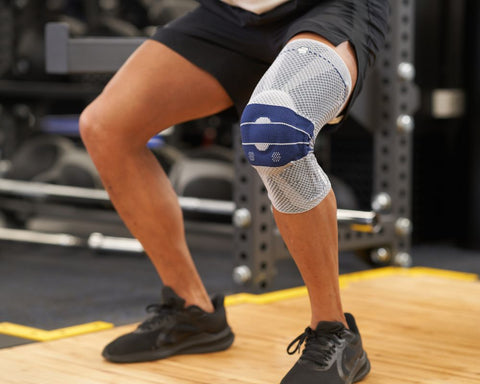 GenuTrain Knee Brace
GenuTrain Knee Brace
A compression knee brace like the GenuTrain is a great addition to the exercise. Its compression knit fabric and omega pad work together to stimulate the muscle, relieve pain, and boost circulation. By wearing the brace during the side-shuffle, you can:
- Reduce muscle fatigue, as your muscles get the oxygen and nutrients they need at a faster rate
- Improve muscle activation and proprioception (your ‘awareness’ of how you move and position the joint). This will help you target key muscle groups to get a better workout and protect the knee through movement
- Reduce any existing knee pain for a more comfortable and less limited workout
- Speed up muscle recovery after exercise, with less risk of Delayed Onset Muscle Soreness (DOMS)
If you require assistance selecting the right product for your needs or wearing the brace, call us on 098015660 or contact us via live chat.
Do you have private health? Most private health extras will cover Bauerfeind Products. Check to see if yours is included. Bauerfeind Private Health Insurance Inquiry.

